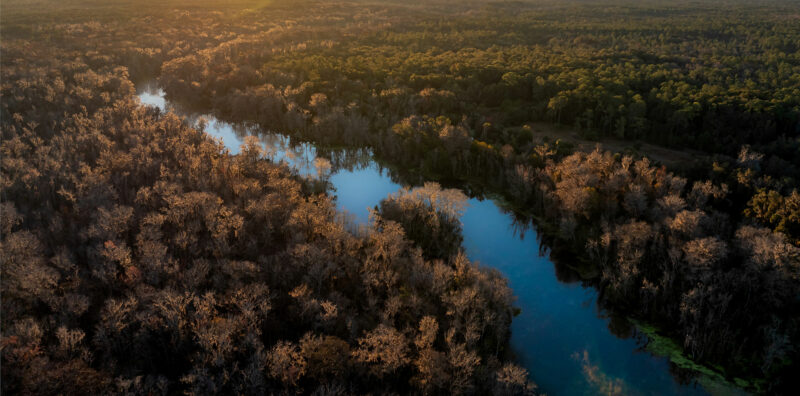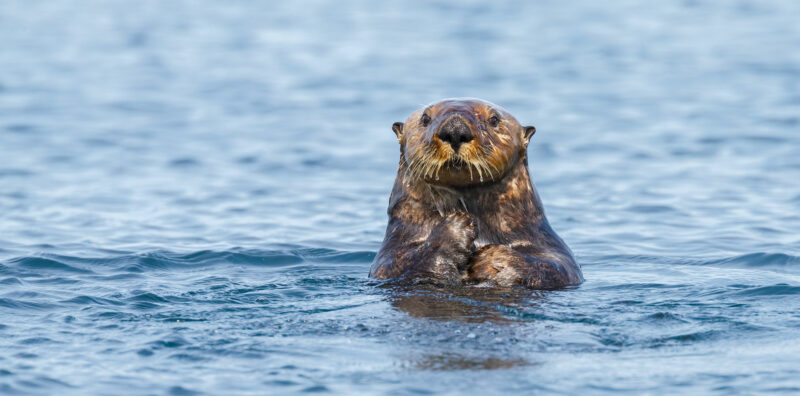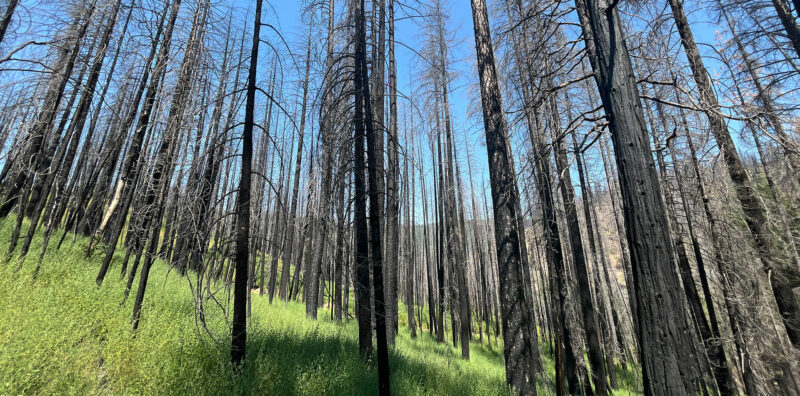To protect critical ecosystems and water supplies amid growing climate and regulatory pressures, ESA partners...

Pulse Flows Component of the Water Storage Investment Program (WSIP) Groundwater Projects
The Water Storage Investment Program (WSIP) is a $2.7 billion state program for investing in projects that expand California’s water storage infrastructure and capacity administered by the California Water Commission (Commission). Three WSIP projects located in San Joaquin Valley and southern California have received funding from the Commission, requiring measurable ecosystem benefits through the Pulse Flows Component.
Why does this project matter?
The WSIP Groundwater Projects aim to improve local water supply in the San Joaquin Valley and southern California by developing groundwater storage through enhanced operations and new facilities. The Pulse Flows Component will provide ecosystem benefits, as required by WSIP, through the release of pulse flows from Lake Oroville into the Low Flow Channel of the Feather River. Pulse flows, a controlled release of water from a reservoir, mimic natural flow variations and enhance the quality of habitats and migratory corridors for native fish species.
What is ESA doing to help?
The WSIP Groundwater Projects include the Chino Basin Program, the Kern Fan Groundwater Storage Project (Kern Fan), and the Willow Springs Water Bank Project (Willow Springs). The WSIP Groundwater Projects were evaluated in previously certified EIRs, prepared by three separate lead agencies under CEQA: the Inland Empire Utilities Agency, the Groundwater Banking Joint Powers Authority, and the Rosamond Community Services District. These EIRs did not evaluate DWR’s actions necessary to implement the Pulse Flows Component; therefore DWR, as a responsible agency, prepared a Supplemental EIR (SEIR) to provide CEQA coverage for their actions.
ESA led the development of the SEIR for DWR, assessing a 575-mile-long region, including Lake Oroville, the Feather and Sacramento Rivers, and SWP infrastructure. The Draft SEIR was released for public review on February 16, 2024, with the Final SEIR anticipated in summer 2024.
As implementation of the project may require substantial variation in pulse flow magnitude and frequency, ESA coordinated closely with DWR and the California Department of Fish and Wildlife to formulate a “conservative pulse flow scenario” that was modeled by a team of hydrologists to evaluate whether the pulse flows would remain with the typical range of natural and operational variability experienced in the existing system, based on hydraulic conditions (water levels, velocity, inundation extent) and geomorphic processes (sediment transport, bank erosion).
Top image: Water from the upper Feather River watershed drains to Lake Oroville, the largest water storage facility in the State Water Project (SWP). Release of the pulse flows from Lake Oroville into the Low Flow Channel of the Feather River defines one of DWR’s three actions under the Pulse Flows Component. Photo by California Department of Water Resources.
Connect with our team
"I am so grateful to have been a part of this project team. The project required a focus on operational modifications to the SWP, the backbone of California’s water supply, which provided an incredible opportunity for collaboration with DWR and thoughtful analyses with statewide significance."

San Luis Reservoir is a joint-use facility (California Department of Water Resources/U.S. Bureau of Reclamation) located adjacent to the California Aqueduct south of Banks and Jones pumping plants. San Luis Reservoir plays a role in the Water Storage Improvement Program (WSIP) Operational Exchange Process, which is implemented to develop water used for pulse flow releases. Photo by California Department of Water Resources
News & Ideas
ESA is pleased to announce the appointment of new practice leaders to oversee two of...
ESA is thrilled to announce the promotion of Autumn Ward to the role of Airports...
In our industry, we must consider compliance with the federal Endangered Species Act (FESA) when...
How the Supreme Court narrowed the consideration of indirect and cumulative effects under NEPA. The...
This is the second in a series of articles exploring how ESA is working with...









